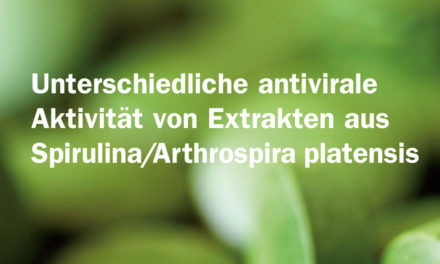Circadian Rhythms in Legumes: What Do We Know and What
Else Should We Explore?
Hazel Marie Kugan 1, Nur Ardiyana Rejab 1,2, Nurul Amylia Sahruzaini 1, Jennifer Ann Harikrishna 1,2, Niranjan Baisakh 3 and Acga Cheng 1,*
1 Faculty of Science, Institute of Biological Sciences, Universiti Malaya, Kuala Lumpur 50603, Malaysia; s2005438@siswa.um.edu.my (H.M.K.); ardiyana@um.edu.my (N.A.R.); nurulamylia@um.edu.my (N.A.S.); jennihari@um.edu.my (J.A.H.)
2 Centre for Research in Biotechnology for Agriculture (CEBAR), Universiti Malaya, Kuala Lumpur 50603, Malaysia
3 School of Plant, Environmental, and Soil Science, Louisiana State University Agricultural Center, Baton Rouge, LA 70803, USA; NBaisakh@agcenter.lsu.edu
* Correspondence: acgacheng@um.edu.my
Abstract
The natural timing devices of organisms, commonly known as biological clocks, are composed of specific complex folding molecules that interact to regulate the circadian rhythms. Circadian rhythms, the changes or processes that follow a 24-h light–dark cycle, while endogenously programmed, are also influenced by environmental factors, especially in sessile organisms such as plants, which can impact ecosystems and crop productivity. Current knowledge of plant clocks emanates primarily from research on Arabidopsis, which identified the main components of the circadian gene regulation network. Nonetheless, there remain critical knowledge gaps related to the molecular components of circadian rhythms in important crop groups, including the nitrogen-fixing legumes. Additionally, little is known about the synergies and trade-offs between environmental factors and circadian rhythm regulation, especially how these interactions fine-tune the physiological adaptations of the current and future crops in a rapidly changing world. This review highlights what is known so far about the circadian rhythms in legumes, which include major as well as potential future pulse crops that are packed with nutrients, particularly protein. Based on existing literature, this review also identifies the knowledge gaps that should be addressed to build a sustainable food future with the reputed “poor man’s meat”.
Keywords
circadian rhythmicity; climate change; crop development; legumes; plant molecular biology







